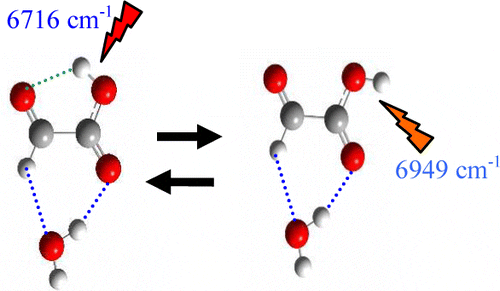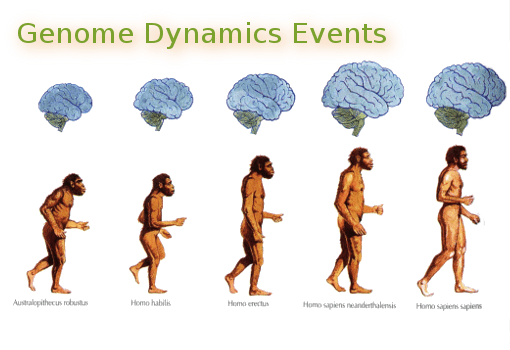Beneficial microbes kill beneficial mutations

Microbiology: Here’s looking at you, squid Margaret McFall-Ngai has dissected the relationship between a beautiful squid and its live-in bacteria — and found lessons for microbiome research on the way. Ed Yong 14 January 2015 Excerpt: “We now know that microbes make up the vast diversity of the biosphere, and that animal biology was shaped … Beneficial microbes kill beneficial mutations








